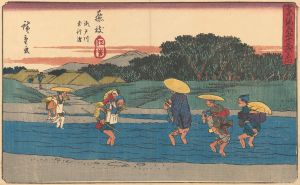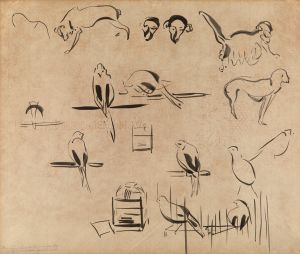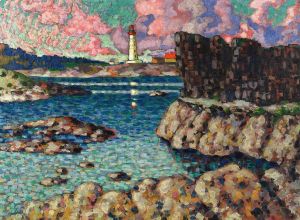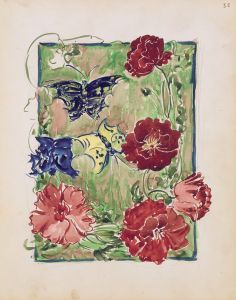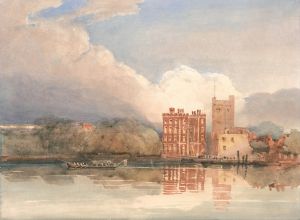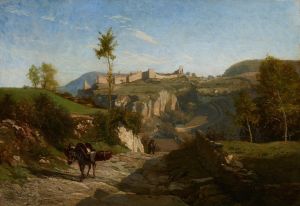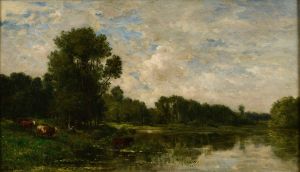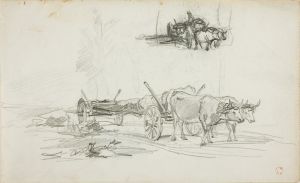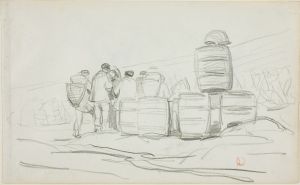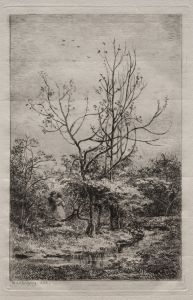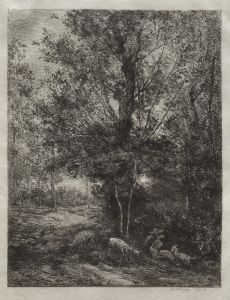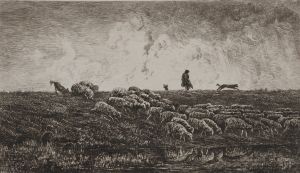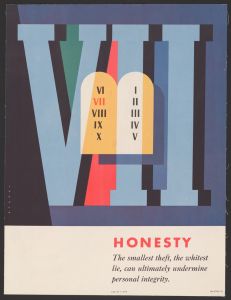
Riverbank with Fowl
A hand-painted replica of Charles François Daubigny’s masterpiece Riverbank with Fowl, meticulously crafted by professional artists to capture the true essence of the original. Each piece is created with museum-quality canvas and rare mineral pigments, carefully painted by experienced artists with delicate brushstrokes and rich, layered colors to perfectly recreate the texture of the original artwork. Unlike machine-printed reproductions, this hand-painted version brings the painting to life, infused with the artist’s emotions and skill in every stroke. Whether for personal collection or home decoration, it instantly elevates the artistic atmosphere of any space.
Charles François Daubigny was a prominent French landscape painter associated with the Barbizon School, a group of artists in the mid-19th century who emphasized painting nature directly from life. One of his works, Riverbank with Fowl, exemplifies his dedication to capturing the natural world with a sense of immediacy and realism.
Riverbank with Fowl depicts a tranquil riverside scene, where a group of fowl, likely ducks or geese, are seen near the water's edge. The painting reflects Daubigny's characteristic style, which often featured soft, atmospheric effects and a harmonious interplay of light and shadow. His use of a naturalistic palette and loose brushwork conveys the serene beauty of the rural landscape, a hallmark of his oeuvre.
Daubigny was known for his innovative approach to plein air painting, working outdoors to capture the changing qualities of light and atmosphere. This method influenced later Impressionist painters, including Claude Monet and Camille Pissarro. While Riverbank with Fowl is not as widely recognized as some of Daubigny's other works, such as The Harvest or Springtime, it nonetheless demonstrates his mastery of landscape painting and his ability to depict the quiet charm of the French countryside.
The exact date of the painting is not definitively documented, but it likely falls within the period of Daubigny's mature career, during the 1850s or 1860s. During this time, he frequently painted scenes along the rivers Oise and Seine, often using his studio boat, Le Botin, to access and observe remote areas of the waterways. This practice allowed him to create intimate and detailed portrayals of riverbanks, villages, and rural life.
Daubigny's work, including Riverbank with Fowl, played a significant role in bridging the Barbizon School and the Impressionist movement. His focus on natural light, everyday scenes, and a looser painting technique paved the way for the Impressionists' exploration of similar themes. Today, Daubigny's paintings are held in major collections worldwide, including the Musée d'Orsay in Paris and the National Gallery in London.
While specific details about the provenance or current location of Riverbank with Fowl are not readily available, the painting remains an example of Daubigny's contribution to 19th-century landscape art and his enduring influence on the development of modern painting.





